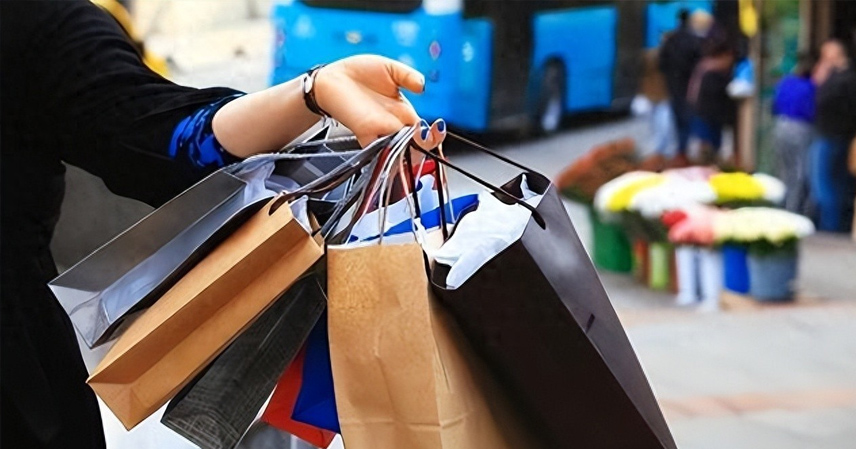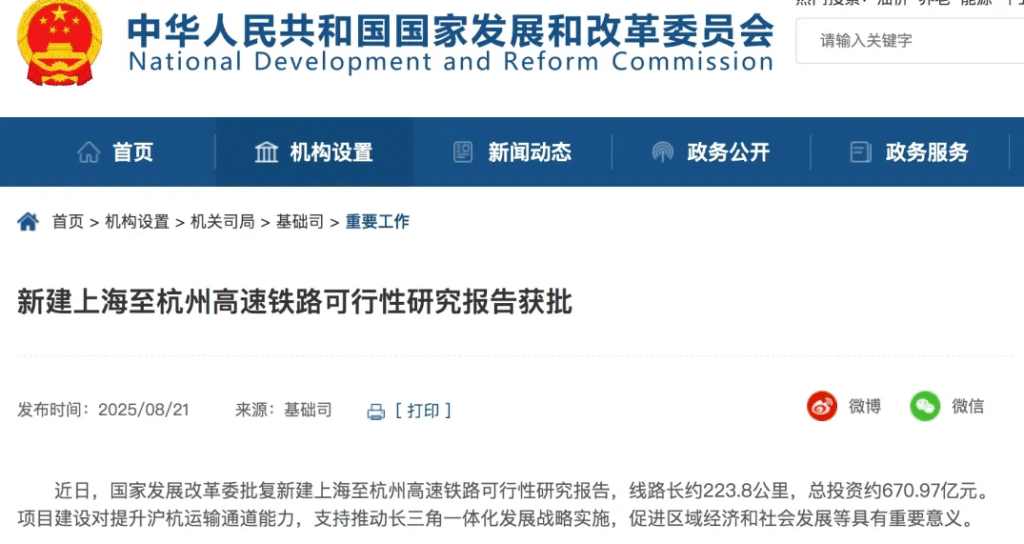The counterfeit market has grown into a highly lucrative, yet complex ecosystem. From fashion and cosmetics to electronics, fake products are everywhere, often generating staggering profit margins. A single item purchased for less than $50 can be resold for over $1,000, with some profits exceeding 2,400%. While authorities struggle to contain it, counterfeit goods are visible on e-commerce platforms, live-streaming channels, and even social media circles.
This raises a critical question: why do consumers continue to buy these products despite widespread awareness of their inauthenticity? The answer lies in the intricate interplay of manufacturing, distribution, and consumer psychology.
The Profit Engine Behind Counterfeits
Counterfeit production often starts in regions with a strong manufacturing heritage. In China, for instance, factories in Fujian and Guangzhou initially specialized in legitimate brand manufacturing, which allowed them to acquire the skills, technologies, and techniques necessary to produce high-quality replicas.
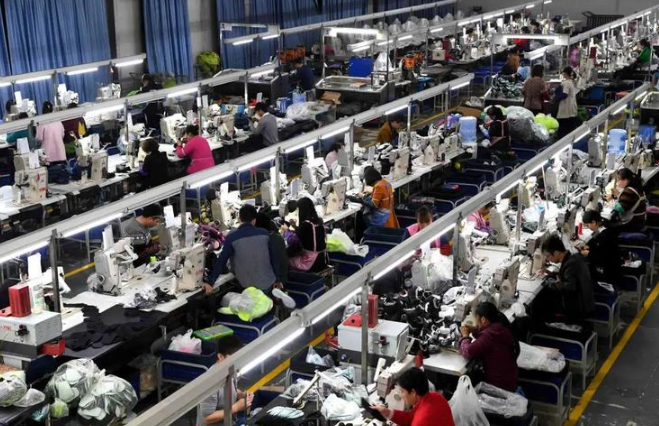
The key factor is cost reduction. Materials for a pair of replica sneakers may cost only tens of dollars, while packaging design represents the largest expense. A T-shirt may cost under $20 to produce, and a hoodie under $50, but once branded with a popular logo, these items can sell for $500–$800, generating enormous profit margins. Similarly, counterfeit cosmetics with raw material costs as low as $5 can fetch 10 times that price in e-commerce or live-streaming markets.
Counterfeits have also become customizable products. Buyers can request different grades of replication, ranging from “A-grade” to supposedly “top-tier” clones. Some premium counterfeits achieve nearly perfect 1:1 replication, matching authentic products in appearance, stitching, and packaging. Remarkably, factories can ship orders within 48 hours, and a popular item may see counterfeit versions online in as little as one week.
However, these operations have inherent risks. Even highly detailed replicas often fail in fine details such as hardware components or embossed logos. More critically, counterfeit cosmetics frequently contain harmful chemical substances that pose long-term health risks—an aspect ignored by manufacturers driven solely by profit.
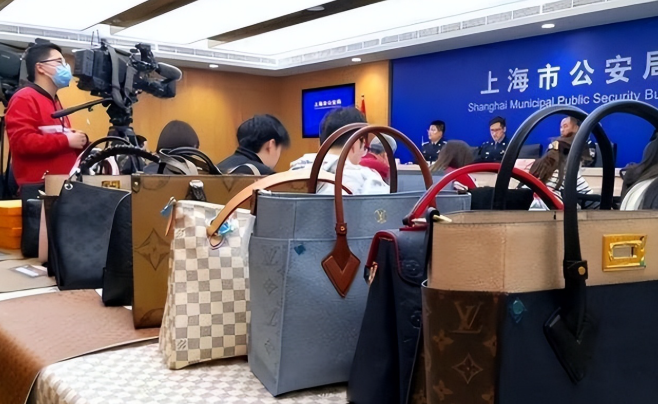
E-Commerce Algorithms as Accelerators
If manufacturing creates value, online platforms amplify it. E-commerce marketplaces and social media channels, originally designed to facilitate transparent trade, have inadvertently become powerful accelerators of counterfeit distribution.
On platforms like Taobao, Pinduoduo, and Douyin, traffic algorithms prioritize high-demand items, regardless of authenticity. Products that sell quickly gain more exposure, creating a positive feedback loop where counterfeit goods enjoy increasing visibility.
Platform enforcement is often reactive. Many cases rely on user reports, and even if a store or listing is removed, counterfeit sellers can reopen under a different account, incurring minimal risk while maintaining high returns.
Marketing tactics further enhance appeal. High-quality photography, persuasive copy, and claims of “exclusive channels” or “limited editions” help disguise generic products as premium or original brands. Live-streaming introduces urgency and scarcity, encouraging impulsive purchases. Some counterfeit goods even mimic international imports, using fake customs labels and shipping documentation to command higher prices under the guise of overseas sourcing.
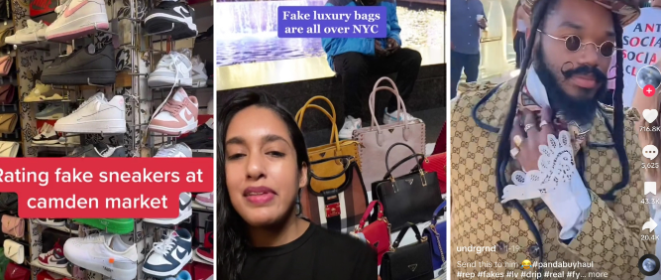
Consumer Behavior and Social Dynamics
Ultimately, the success of counterfeit goods depends on consumers. Many buyers are motivated by price sensitivity, choosing lower-cost alternatives to expensive branded products. Rising living costs, mortgage and loan pressures, and post-pandemic income constraints have made “affordable luxury” appealing.
Some consumers knowingly purchase counterfeits, valuing brand symbols over authenticity. The logo itself becomes a form of social currency, allowing individuals to project status or lifestyle online at a fraction of the cost. This phenomenon is particularly evident among younger demographics in lower-tier cities, where the focus is on image and social recognition rather than product longevity or quality.
Others are inadvertently deceived by convincing replicas, which can closely mimic authentic items. Enforcement and consumer protection mechanisms often fall short, leaving buyers with little recourse. The combination of complex return processes, fear of social judgment, and the perceived difficulty of asserting rights contributes to continued purchases.
Even luxury brands unintentionally fuel this cycle. Steep price increases and controversial product design choices can lead consumers to rationalize counterfeit purchases as cost-effective or “smarter” alternatives. In this way, the counterfeit market thrives on economic pressure, social influence, and perceived brand value, converting psychological demand into tangible profits.
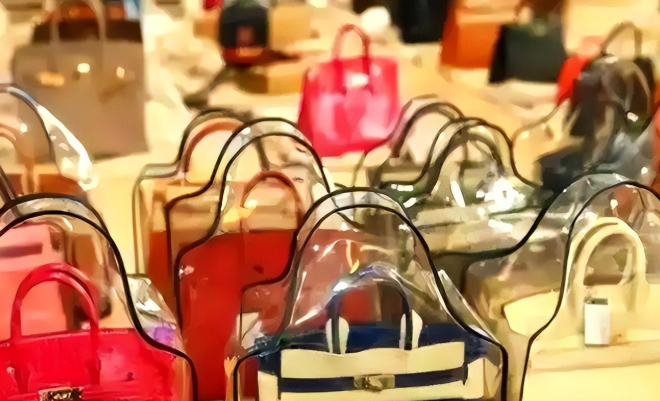
The Closed Loop of the Counterfeit Economy
The counterfeit ecosystem is self-sustaining. Manufacturers profit from cheap production, platforms amplify exposure, and consumers participate knowingly or unknowingly. Each sector benefits, creating a stable loop that is resistant to short-term regulatory interventions.
Addressing this issue requires a multi-pronged strategy. Enforcement must target production sources, e-commerce platforms need proactive screening and algorithmic adjustments, and brands should focus on delivering value that justifies price points. Without coordinated action across these layers, the counterfeit economy will persist.
Conclusion
Counterfeit goods are not merely a problem of deception—they reflect broader economic, technological, and social dynamics. The high profits attract manufacturers, algorithm-driven platforms amplify visibility, and consumers respond to price and social incentives.
Breaking this cycle is challenging. Effective solutions require regulatory rigor, platform accountability, and brand innovation. Until then, counterfeit products will remain a resilient force, demonstrating how deeply consumer psychology and market mechanisms are intertwined in the global commerce landscape.
References:
- Data on counterfeit production and profits: Chinese manufacturing reports, 2025
- Platform algorithm impact studies: E-commerce analytics, 2024–2025
- Consumer behavior analysis: Global retail studies, 2025

